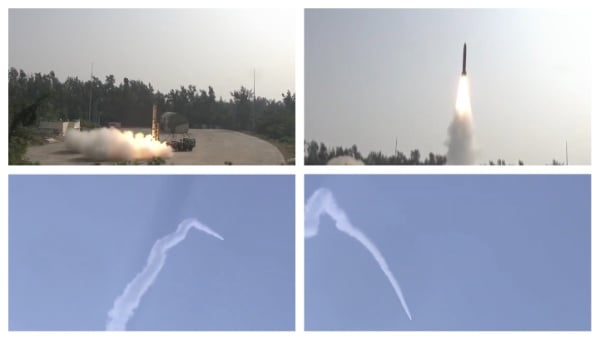The Defence Research and Development Organisation (DRDO) on Monday successfully test-fired the ‘Pralay’ surface-to-surface short-range ballistic missile (SRBM) from Abdul Kalam Island off the coast of Odisha.
The test was conducted at 9:35 AM and achieved all its mission objectives, validating key performance parameters and reinforcing India’s growing expertise in indigenous missile systems. The development aligns with the Atmanirbhar Bharat initiative aimed at reducing dependence on foreign defence imports.
‘Pralay’ is a canisterised, road-mobile ballistic missile designed for precision strikes on high-value military targets such as enemy air bases, logistics hubs, and troop concentrations. With a strike range of 150 to 500 kilometers and the ability to carry payloads of up to 1,000 kg, it provides the Indian armed forces with strategic depth and quick-launch capabilities.
What sets ‘Pralay’ apart is its quasi-ballistic flight profile. Though it follows a ballistic trajectory, the missile’s warhead has the ability to maneuver mid-course and during terminal stages, making it harder to intercept. It features advanced guidance systems, including inertial navigation and a radio frequency seeker for enhanced accuracy in terminal guidance.
The missile’s quick reaction time, less than 10 minutes from transport to launch, ensures operational flexibility and survivability in contested environments. While comparable in size and weight to the Prithvi series, ‘Pralay’ delivers far greater range and lethality without breaching the nuclear threshold.
According to defence sources, the missile is tailored for deployment along both the Line of Control with Pakistan and the Line of Actual Control with China, offering a robust and swift conventional strike option in response to provocation or aggression.
This successful test further reinforces India’s tactical missile capabilities and reflects DRDO’s continued progress in developing indigenous, next-generation weapon systems.













